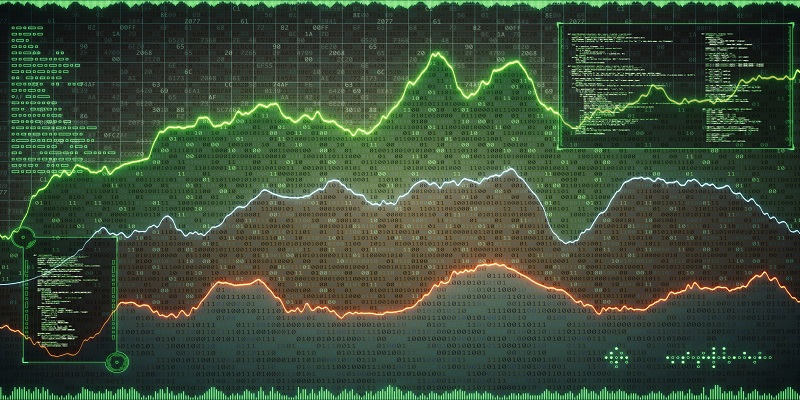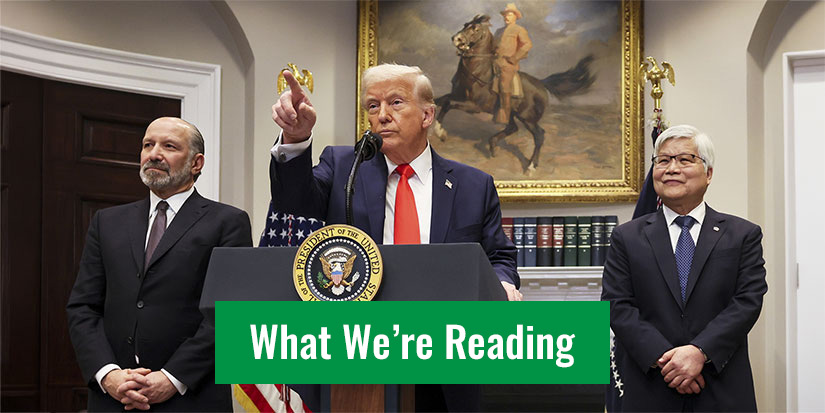Editor’s note: Today, we wrap our talk with RiskHedge’s Director of Trading, Justin Spittler, who shows us how to “see the matrix” in the markets...
And shares more important details on his new project...
STEPHEN: Justin, we left off yesterday talking about your new online trading room. It sounds unlike anything else in financial research—tell us more about it.
Justin: One of the things I’m most pleased with is the ability to manage trades on an ongoing basis. This is crucial to anyone’s investing success but is often overlooked. Let’s look at an example…
Stop me if you’ve heard this before, but if you had bought Amazon (AMZN) at a split-adjusted $0.10 around its IPO and held on, you’d be a gazillionaire today.
STEPHEN: Sounds like every other ad on the internet…
Justin: Right. This is the real American dream. Buy one all-time great stock early on and get rich.
Here’s how it really goes, in my experience. And I’ve interacted with thousands of individual investors in my 10+ years in this business.
You buy Amazon around $0.50 in the late ’90s. That’s perfectly doable. Not that hard to achieve if you’re plugged into markets every day, or following the guidance of someone who is.
Amazon soars to $3,000/share. But here’s the departure from reality. Did your money appreciate 150,000%? It almost certainly did not even come close.
Because Amazon fell 95% three times on its way to $3,000/share.
STEPHEN: You’re saying it was too volatile, and the average investor would have been shaken out and missed out on the life-changing gains.
Justin: Yes. Visualize it. I mean really put yourself in those shoes for a second. Assume you invested $2,000 into Amazon in 1997. It grows to $100,000. You’re feeling great.
Then… it starts to dwindle. $100,000 becomes $75,000… $50,000… $25,000... $5,000.
Is the average investor, left to his own devices without proper guidance, really going to hold on to that stock? Doubtful. He’s going to sell, and he’s going to regret it.
STEPHEN: So, while the average investor really can ride a life-changing stock like Amazon… they usually bungle the timing.
Justin: Our example investor was so close to really moving the needle on his net worth. He was only missing one thing: position management.
STEPHEN: What do you mean by that exactly?
Justin: I mean basic tactics that are not hard to execute but are rarely taught. Take profits on spikes, buy more on dips, that kind of thing.
And this is key—it doesn’t have to be all or nothing. You don’t have to sell all your shares and hunker down because of economic storm clouds that may or may not affect the market.
Instead, you can shave your position when risks are high—like around the debt ceiling, for example. And add to your position at opportune times.
That’s the real way real professionals profit consistently in the market. And it’s the kind of guidance I can finally provide in my new trading room.
STEPHEN: Are you the first to do this type of trading room?
Justin: There are a few around the internet. But almost to a T, we found they were absurdly complicated and geared toward professional traders.
Try to look at this screenshot, for example, without getting a headache:
 Source: SimplerTrading
Source: SimplerTrading
I mean, holy cow. As I’ve mentioned, most of our readers are not investing professionals. How’s the average guy with a job and kids and a mortgage and all kinds of time pressures supposed to make heads or tails of that?
In my new project, which I’m calling RiskHedge Live, I’m making professional analysis easy and accessible.
Also, it’s a community—where fellow members can talk to me and to each other. Which can be incredibly valuable.
STEPHEN: Reminds me of Bloomberg Terminals back in the day.
Justin: Great point. Investing pros used to pay something like $20,000 for one year of access to a Bloomberg terminal. And if you asked them why it’s such an essential tool, many would surprise you with their answer.
It’s not the proprietary data or anything like that. It’s the chat feature that connects them to other traders in real time. They gladly pay upward of $20K a year to be part of a network where they can talk to other smart investors.
That’s part of the experience with RiskHedge Live.
STEPHEN: What’s the one takeaway you’d like to give readers?
Justin: I’d circle back to how we started this conversation. It’s all about the process. Doesn’t matter if we’re talking investing, trading, whatever.
Have a process that positively exposes you to luck. Put yourself in a position where you can make a lot of money if things break right, and a position where you can’t lose much money even if things go perfectly wrong.
Do that for long enough, and you’ll grow wealthy.
When you think about trading this way, you’ll start to “see the matrix,” so to speak. No one is clairvoyant. Your job as a trader basically boils down to managing the 99% of your ordinary trades so the 1% that can truly transform your bankroll can flourish.
STEPHEN: Readers, here is the link with more information on becoming a “beta tester” in Justin’s new trading room.
Justin: Thanks for sharing that. And readers, thanks for listening to me go on and on about my process.
If you’d like to soak up my knowledge and experience, trade alongside me, and hopefully profit from my recommendations if I’m doing my job well, go here to become a beta tester.
We can only accept a small group. So, if you think this might be a good fit for you, see the enrollment details here.
Stephen McBride
Chief Analyst, RiskHedge





